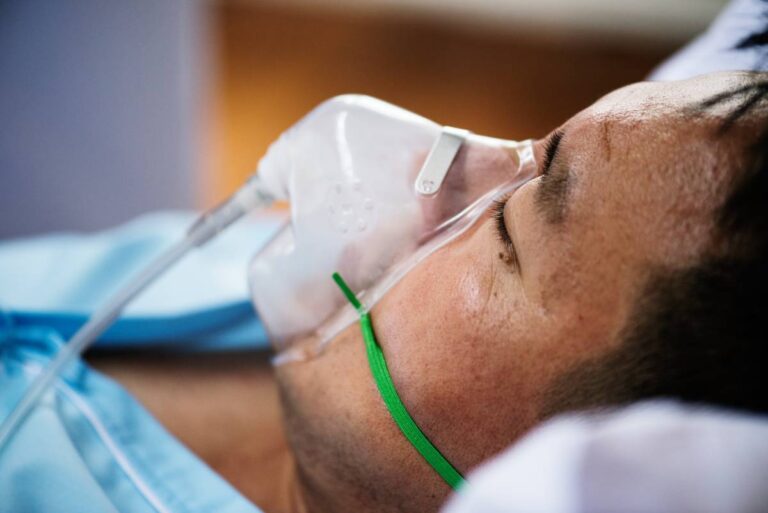It is extremely important that anesthetics be stored and transported in a safe and efficient way. Many medications need to be handled in specific environments, such as requirements for temperature, light exposure, time, etc., complicating supply chain logistics. Within anesthesia, the development of deep sedation techniques and general anesthesia with total intravenous anesthesia (TIVA)/target-controlled infusion techniques reduces the need for complex gas delivery systems for inhalational anesthesia, making the storage and transport of anesthetics easier. Various protocols have been developed to this end across different clinical contexts, but guidelines continue to dynamically evolve as best practices change.
The anesthesia gas supply system is designed to provide a safe, cost-effective and convenient system for the delivery of medical gases. The medical gases used in anesthesia and intensive care consist of oxygen, nitrous oxide, medical air, entonox, carbon dioxide and heliox; oxygen is one of the most widely used gases for life-support and respiratory therapy alongside anesthetic procedures. Mishaps involving the malfunction or misuse of medical gas supply to operating theatres can cause damage, delays to care while repairs are made, injury, and even death. As such the production, storage and delivery of anesthetic gases are of paramount importance.
Anesthesiologists should be very well educated about the anesthetic gas supply system. In addition, in order to ensure the safest storage and transport possible, the design of anesthesia equipment should take into account the local conditions such as climate, demand and power supply. Relatedly, the operational policy of the gas supply system should have a backup plan to cater to the emergency needs of the healthcare facility in the event of the loss of the primary source of supply 1.
Certain issues linked to the storage and transport of anesthetics emerge in certain particular clinical contexts. Traditionally, anesthetic drugs for obstetrics are prepared as a contingency and stored until they have expired or are needed for emergency use. However discarding and re-preparing drugs represents significant waste with associated cost implications. A British study in 2009 sought to assess whether drug preparation differs widely across the United Kingdom. To this end they conducted a national survey, from which their data analyses revealed that most obstetric units routinely draw up emergency drugs every 24 hours. In British obstetric units but also globally, this represents wastage and potential for drug error and tampering. Therefore, the researchers proposed the introduction of commercially- and pharmacy-prepared drugs with long shelf lives in order to boost safety and cost effectiveness 2.
The safe delivery of anesthetics through preoperative assessment, case selection, anesthesia delivery, recovery and postoperative care should not be compromised in response to cost pressures 3. It is therefore important to maintain low costs in order to enable the best storage, transport, and delivery processes possible for anesthetics and other medications. This requires, in some cases, overhaul of the overall healthcare system to prioritize what is best for patients in both the short and long term.
References
1. Das, S., Chattopadhyay, S. & Bose, P. The anaesthesia gas supply system. Indian Journal of Anaesthesia (2013). doi:10.4103/0019-5049.120145
2. Stone, J. P., Fenner, L. B. & Christmas, T. R. The preparation and storage of anaesthetic drugs for obstetric emergencies: a survey of UK practice. Int. J. Obstet. Anesth. (2009). doi:10.1016/j.ijoa.2009.01.013
3. Chapter 7: Guidelines for the Provision of Anaesthesia Services in the Non-theatre Environment 2023 | The Royal College of Anaesthetists. Available at: https://www.rcoa.ac.uk/chapter-7. (Accessed: 5th December 2023)

